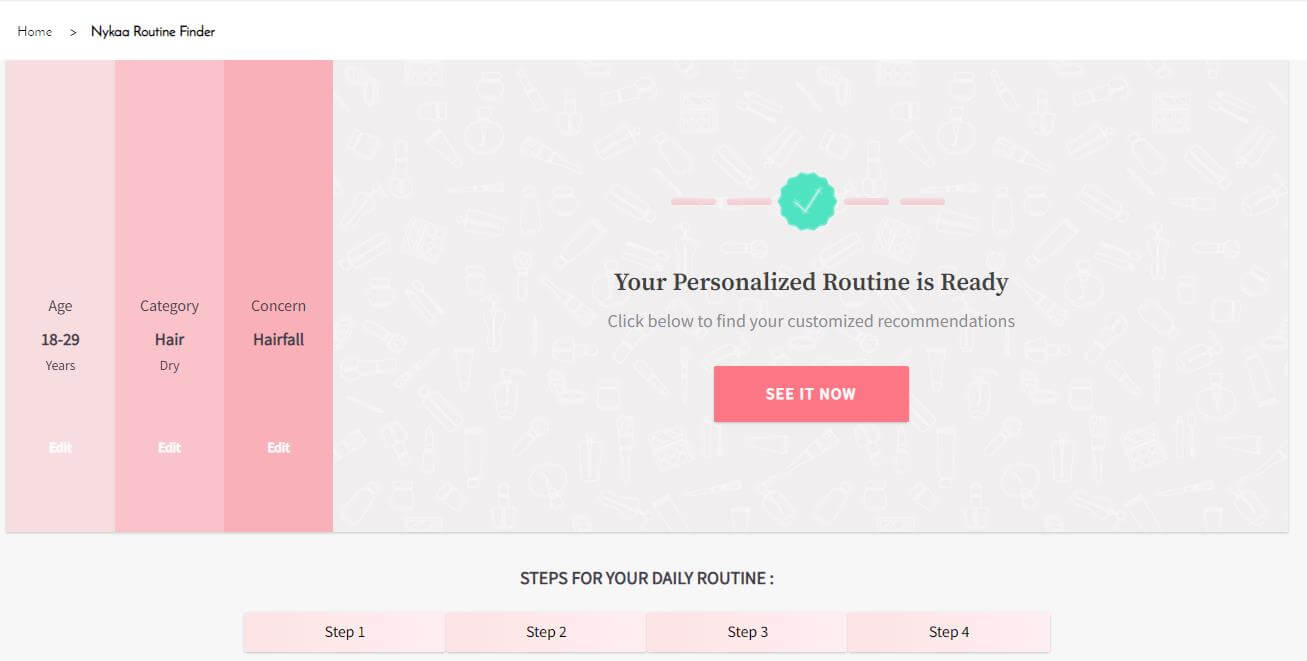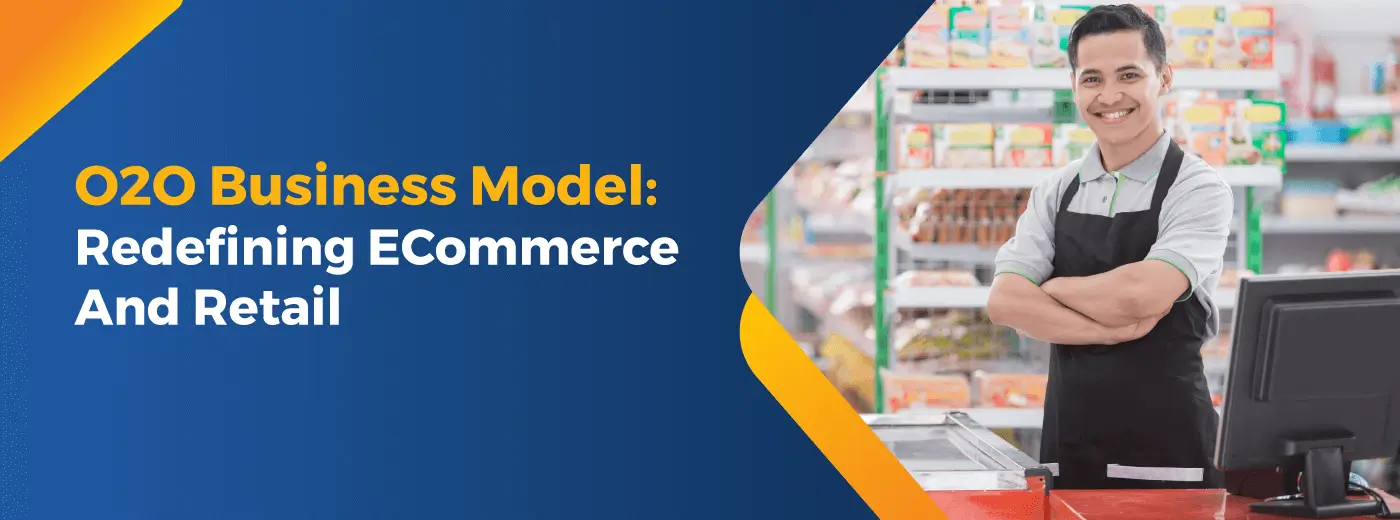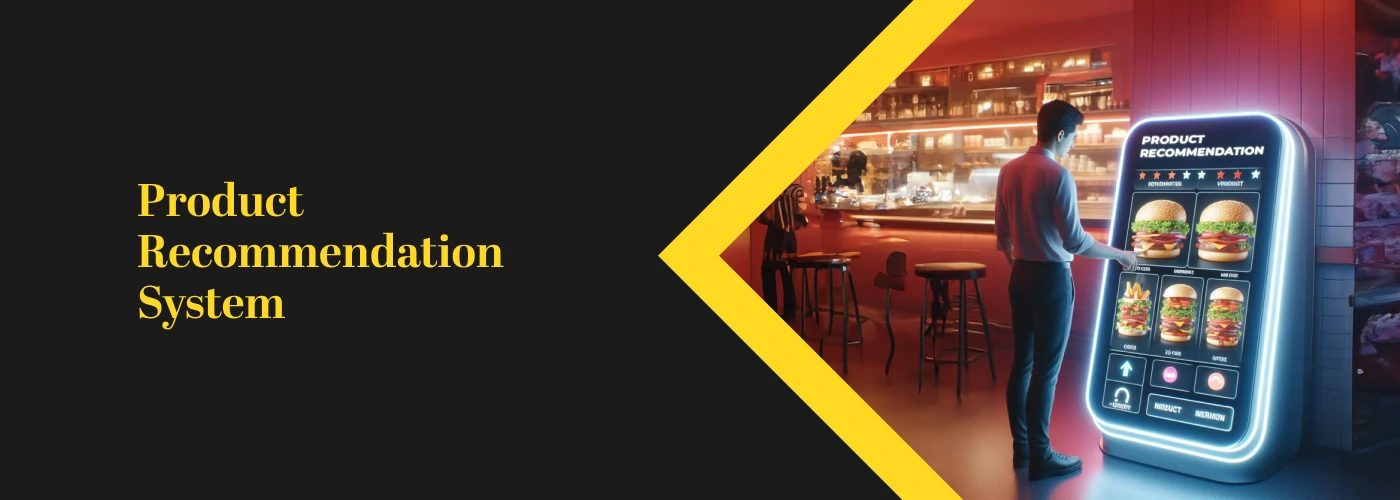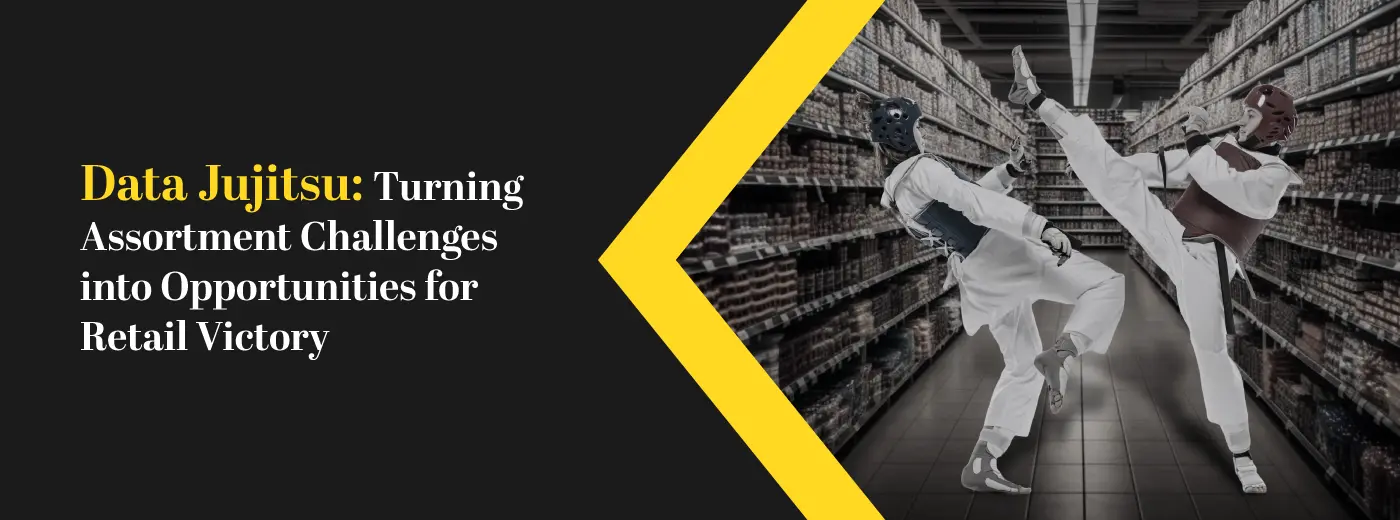The pandemic has been an accelerate for the Online Movement of Retail. Today even MSMEs are finding the need to have an online presence. But is only Online Retail the future?
Before we answer, lets look at the current scenario. Online Retail is expected to reach 10.24% of total retail sales by 2024 in India (It was 4.7% in 2019). So only roughly 10-11 percent of the Retail market is going online, showing that Brick and Mortar stores will still be necessary (depending on various complicated factors).
So, if you are still thinking that e-retail is the end transformation of retail buying, you might be wrong. Even the e-commerce giant Amazon, has acquired Whole Foods (an American-based supermarket chain) for a foot-hold in physical stores in the US and has opened some Mom and Pop Stores in India too.
The reason behind this might be the fact that approx 61% of shoppers would rather shop with brands that also have a physical location than ones that are online only (according to Google). And nearly 80% of shoppers will go to the store to buy when they have an item they need or want immediately.
Then what might be the future transformation of retail? In the war of extremes between brick and mortar stores and e-commerce, why not find a mid-ground transition between the two with models like Online-to-Offline Business Model, or commonly known as the O2O model. In this strategy, instead of viewing the Physical stores and e-commerce as competitors, we view them as complements.
Use data insights from Retail Stores and E-commerce in your favor to find the right implementation strategy.
What Is O2O Commerce?
Online-to-Offline is a strategy designed to bring potential customers from online channels to physical stores to make a purchase. With this strategy, online marketing and Advertising through channels like email, digital ads, or even social media like Instagram are used to attract potential customers online, to bring them to a brick-and-mortar store.
You must have experienced or come across O2O Business Model in day-to-day life, in one of these forms:
Facilitating the purchase of products through app or catalog online while at a physical store
But would people check out items online? If you have this question, then think about this: 70% of US Adults conduct research online before buying products. And 82% of smartphone users consult their phones on purchases they are about to make in-store and 45% read reviews before making a purchase.
Why The Shift To O2O?
Simply, because the Consumer expectations are changing. O2O commerce provides a more convenient experience for the customers. It can help retailers provide a seamless experience with no delivery fees and hassle-free returns. It gives the customers the ability to test and/or try the items before bringing them home.
With Consumers wanting better return strategies, and convenient pickup and drop-off options for returns, O2O initiatives might become an integral strategy in the operations of businesses to capture the Customer Loyalty's and to function as a key differentiating factor.

Source: Narvar Customer Study, 2021
And for the retailers, it would decrease the logistics and transportation cost for the delivery of the item as well as the maintenance of a centralized inventory system, which helps in the real-time update of stock levels, returns, etc. irrespective of the place of activity or transaction. And also increasing your branding at the same time.
With models like BOPIS (Buy Online, Pick-Up In-Store), Shop from Home's, and ROBO (Research Online and Buy Offline) retailers can leverage the Online data into offline purchases to give customers the convenience of making transactions online and then test the product in-store before taking it home. It gives the added benefit of capturing customer 360 behavior which wouldn't have been possible with the data only from one model.
5 Ways To Leverage Data To Transform Your Retail Strategy
One thing every retailer agrees on is that Consumer Behaviour is changing. But they are stuck on the fact of how to influence them or how to enhance their product awareness to the consumer. Some critics still believe that e-retail is the way to go. But with the data you have from both online or physical stores, you can form a winning strategy.
1. PersonalizationThis term is actually vague, as personalization can be in various forms. It can be about analyzing the e-commerce data of cart checkouts or the physical store data with techniques like Market Basket Analysis or Advanced analytics techniques ( You might have seen this on Amazon with - Customers frequently by together option). This would give you an idea of what goods can be coupled to give coupons or discounts. Another way can be to analyze the trend of customer buying behavior and give discounts or Sale information with a real-time personalization engine. It can produce individualized offers for its customers based on their previous behavior and preferences, which is done by Starbucks with its loyalty program. Another method can be to drive sales with personalized requirements like that of Nykaa, to give a personalized experience with its products (Look at the image below). The uses with data are endless to give a personalized experience with the data.

Source: Nykaa
2. E-Commerce Data Analytics
Why only e-commerce? Because you can track the data of multiple touch-points and the number of No-buys though they fill in the cart and leave before checkout. In case people are leaving due to extra shipping costs or no-exchange policies or stock-outs, then you can have offers for such consumers to redirect them to physical stores with a sale or discount offer or even a BOPIS offer where they wouldn't have to have a long waiting time and even without extra shipping costs. Customer Segmentation and User-behavior Analytics are also possible with E-commerce and Retail Analytics.
3. Campaign Analytics
Traditionally ROI for marketing activities has been difficult to calculate, especially the case for Offline activities. But with this hybrid structure of operations, one can analyze -Which Marketing strategy is working better? Is it Digital advertising or Email Advertising or banner ads or push notifications? Not only the Marketing strategy, the form, and the best working campaign can also be analyzed. BOGO or Discounts or Regular Sales Offers or Personalized offer campaigns to the customers, which are the most lucrative campaigns can also be found out.
4. Bring Offline TrafficO2O Business Model doesn't mean advantage to only one company or model, it is for the overall profit of all the parties involved. For example, Amazon's partnership with Kohl, for people to return goods at Kohl Stores has proved as an advantage to both parties. To Amazon, helping reduce the logistics costs and for Kohl bringing in traffic who after the return of the good, purchase items in the shop. With strategic partnerships or proper message delivery, you can improve your offline sales (People are impulsive buyers, and organizations can leverage that aspect).
5. Brand ManagementThe ultimate goal of marketing is not to create a short-term sales impact. On similar lines, what do you want your brand goal to be? It can be some or one of these:
Improve day-to-day lives of people Environmental sustainability or Environment-conscious Support recyclable products Make the audience/ customers feel valued etc.The options are not limited to these, there can be an endless list of options. But it is important to have a clear objective in mind and work towards it. For example, 41.8% of consumers want to be socially responsible, and if your branding is aligned with social responsibility, then you can motivate people for curbside pickups or BOPIS with Vantage points or Loyalty points as a reward for their contribution.
Use Cases Of O2O Commerce In The Retail Industry
How To Inculcate Online To Offline Retail In Your Strategy?
If you have made it here, you must have understood why and what are the advantages of having an O2O Business model for your Retail & E-commerce strategy. Then lets help you with a brief about how to achieve it.
First and foremost having a Master Data Management and governance model would provide a strong backbone to the whole strategy.
Having a Business Intelligence tool to visualize the Campaign analytics and understand the user flow and behavior would be important. To achieve this you might need an Implementation Partner, with both technical and industry expertise for your Data requirements.
Understand with use cases how technology-driven evolution is driving retailers in retail and e-commerce.
What Does The Future Hold In Store?
The convergence of e-commerce and physical stores is inevitable as a hybrid model can only bring a competitive advantage in the long run. As such when thinking about the data requirements, Connected planning is the way to go.
With an Integrated Enterprise Connected Planning, all activities from Inventory Management, Supply Chain Planning, Marketing Activities, Promotion, and Logistics Management, and even the Financial Planning can be integrated under one umbrella to provide up to 324% ROI under 3 years.
With Enterprise Planning, multiple scenarios can be run along with What-If analysis to give the organization a better view of their future decision. It can contribute and would be compatible with multiple hybrid versions that can develop and can ultimately give rise to an omni channel marketing strategy.
In A Nutshell
Being only Online or Only physical might cause you to be at a slight disadvantage write your competitors and in the long run.
Thus, Online-to-Offline e-commerce and Retail strategies add valuable touch-points in the buying process of consumers and provide valuable information to retailers and brands. With which along with the increase in awareness and interest the branding of the organization can also be improved in the long run.



